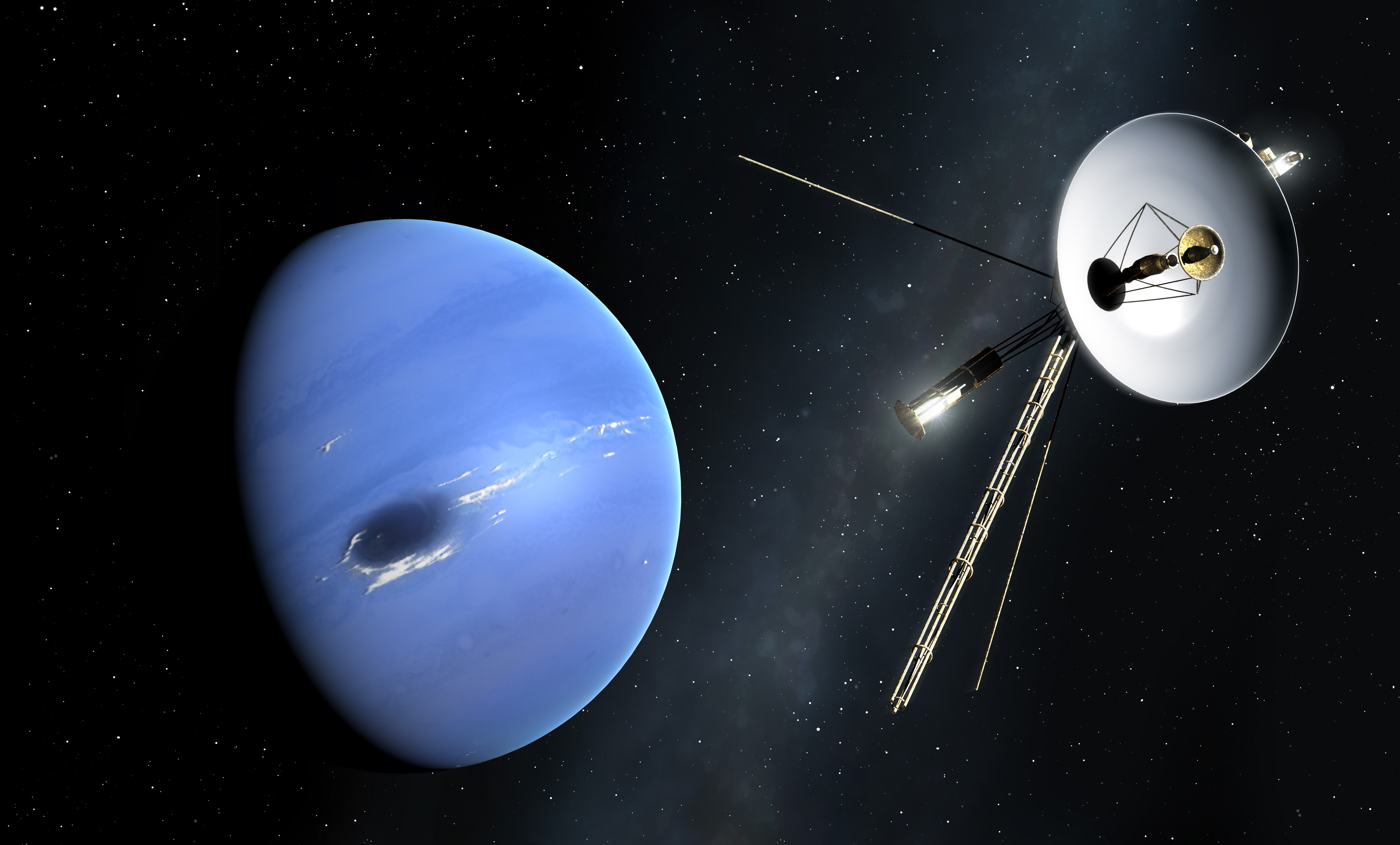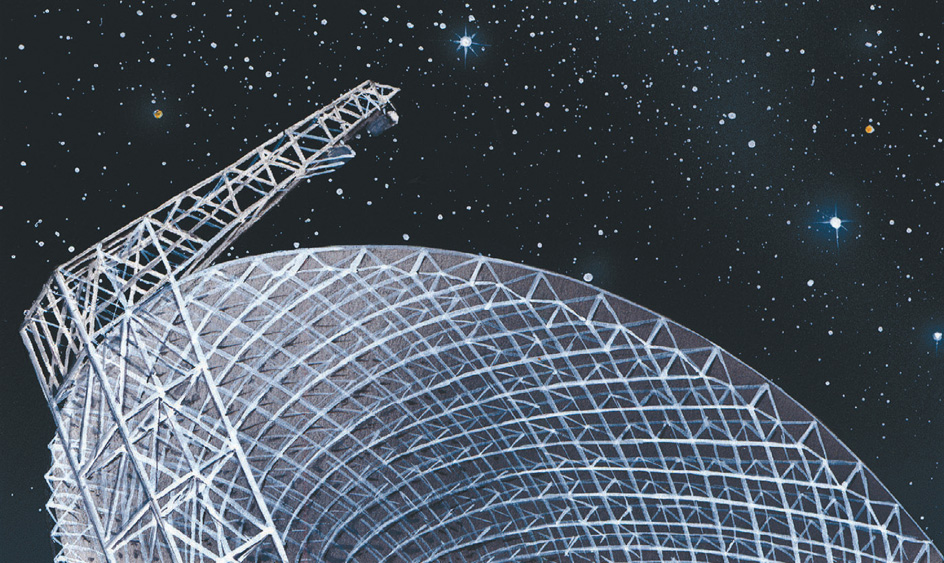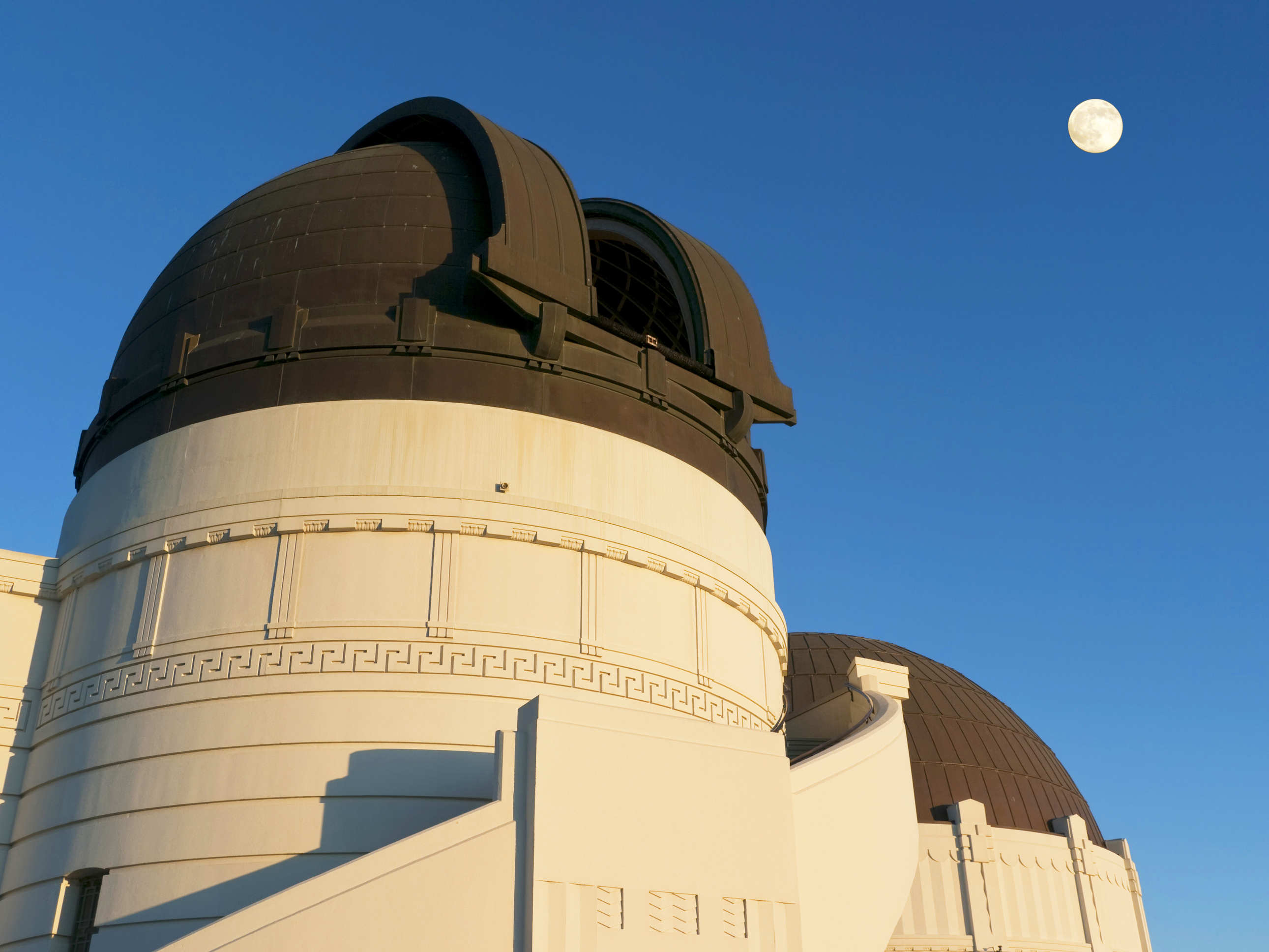Observatory is a research institution where astronomers study planets, stars, galaxies, and other celestial objects. An observatory has at least one telescope or other kind of observation device. Most such devices are housed in structures built on the ground, but observation equipment is also used underground, in airplanes, and in satellites. Certain satellites that house telescopes are also known as observatories.
The term observatory can also refer to certain ancient structures that people probably used for keeping track of important days of the year. One such structure, Stonehenge, in Wiltshire, England, consists of large stone slabs set in the ground. People may have used Stonehenge to determine, for example, when summer began. At the beginning of summer, the sun would rise above an imaginary line between a certain pair of slabs.

Observatories with telescopes
Where observatories are built.
Earth’s atmosphere influences the selection of sites for telescopes. Telescopes work with visible light and other forms of electromagnetic radiation sent out by objects in space. The radiation travels in waves, and the forms differ in wavelength, distance between successive wave crests. The forms of electromagnetic radiation are—from the shortest to the longest wavelength—gamma rays, X rays, ultraviolet rays, visible light, infrared rays, and radio waves.

The atmosphere blocks gamma rays and X rays as well as certain wavelengths of infrared and ultraviolet rays. Telescopes built to work with such radiation must therefore operate aboard satellites. The atmosphere also partially blocks other infrared and ultraviolet wavelengths. However, telescopes on high mountains can detect some infrared and ultraviolet rays. Telescopes in aircraft that fly at high altitudes can observe more infrared wavelengths. To “see” the remaining infrared and ultraviolet wavelengths, a telescope must operate in space.
Visible light and radio waves pass readily through the atmosphere. So optical telescopes—those that detect visible light—and radio telescopes can be on the ground.
Ground-based observatories.
Optical telescopes are built on mountaintops or high plains to avoid air pollution, illumination from city lights, and the distorting effect of the atmosphere. The distorting effect, which also causes the stars to twinkle, blurs images of stars and other heavenly objects. A high-altitude location will also more likely offer a large percentage of clear nights because it is above low-lying clouds.
Radio telescopes must be shielded from radio waves that are used for communications. So some radio observatories are built in valleys so that the surrounding hills shield them. Others are on mountaintops or high plains.
One of the chief mountain sites is Mauna Kea, a volcano that rises 13,796 feet (4,205 meters) above sea level on the island of Hawaii. Major optical telescopes on Mauna Kea include Keck I and Keck II, operated by a partnership of the University of California and the California Institute of Technology (Caltech); and Subaru, operated by Japan’s National Astronomical Observatory.

A radio telescope known as the Robert C. Byrd Green Bank Telescope (GBT) is in a valley in Green Bank, West Virginia. A radio telescope called the Karl G. Jansky Very Large Array (VLA) stands on a high plain near Socorro, New Mexico. Another telescope called the Atacama Large Millimeter/submillimeter Array (ALMA) studies radio and infrared wavelengths from a high plateau in Chile.

Airborne observatories.
From 1975 to 1995, the Gerard P. Kuiper Airborne Observatory (KAO) made observations at infrared wavelengths. The KAO was a modified C-141 cargo plane equipped with a telescope whose light-gathering mirror was 36 inches (91 centimeters) across. A larger airborne infrared observatory called the Stratospheric Observatory For Infrared Astronomy (SOFIA) became fully operational in 2014. SOFIA, a modified Boeing 747 with a 100-inch (250-centimeter) telescope, ended its operations in 2022.
Satellite observatories.
The best-known satellite observatory is the Hubble Space Telescope, launched in 1990 to observe infrared, visible, and ultraviolet radiation. It was the first of NASA’s four “Great Observatories” to go into orbit. The second was the Compton Gamma Ray Observatory, which circled Earth from 1991 to 2000. The third is the Chandra X-ray Observatory, launched in 1999. The last of the four, an infrared observatory called the Spitzer Space Telescope, was launched in 2003.
How observatories are operated.
The staff of a ground-based, telescopic observatory consists of astronomers, engineers, technicians, telescope operators, computer programmers, optics experts, and administrators. But astronomers who are not on the staff do most of the research.
Teams of astronomers share time on the major telescopes. Teams wishing to use a telescope must submit research proposals to a special committee. The committee approves certain proposals and divides up the time that is available on the telescope. In general, a given team will have limited access—often only a few nights of use a year.
Large ground-based telescopes are so complex that a telescope operator is usually present at the observatory. However, an astronomer does not necessarily have to go to the observatory to use one of its telescopes—the astronomer can work via computer links. Computer-controlled light detectors mounted on the telescope convert the results of the observations to electric signals, so the data can be transferred over the links. Orbiting observatories are operated by radio commands sent from a control center on the ground.

Other kinds of observatories
Neutrino observatories
detect subatomic particles called neutrinos that come from space. Neutrinos rarely interact with other kinds of matter, so a neutrino observatory must use a huge quantity of matter as a neutrino target. Neutrino observatories are built beneath Earth’s surface because large numbers of other particles would interact with a target on the surface.
The target at the Sudbury Neutrino Observatory (SNO) in Greater Sudbury, Ontario, is 1,100 tons (1,000 metric tons) of heavy water held in an underground tank. Heavy water is slightly heavier than ordinary water because it contains deuterium, a hydrogen atom that weighs more than the ordinary hydrogen atom. SNO is operated by Sudbury Neutrino Observatory Institute, an organization with representatives from Canada, the United Kingdom, and the United States.
Gravitational observatories.
Astronomers have built ground-based observatories to detect gravitational waves. According to the general theory of relativity announced by the German-born American physicist Albert Einstein in 1915, gravity can travel in waves. To detect them, the observatories monitor objects that are large enough to be measurably affected by their passing.
An observatory known as the Laser Interferometer Gravitational-Wave Observatory (LIGO) made the first detection of gravitational waves in 2016. It has three detectors—two in Hanford, Washington, and one in Livingston, Louisiana. Each detector uses two metal tubes, each 21/2 miles (4 kilometers) long. When a wave passes through the tubes, it changes their lengths. Each detector has a laser system designed to sense the changes. Caltech and the Massachusetts Institute of Technology operate LIGO.
